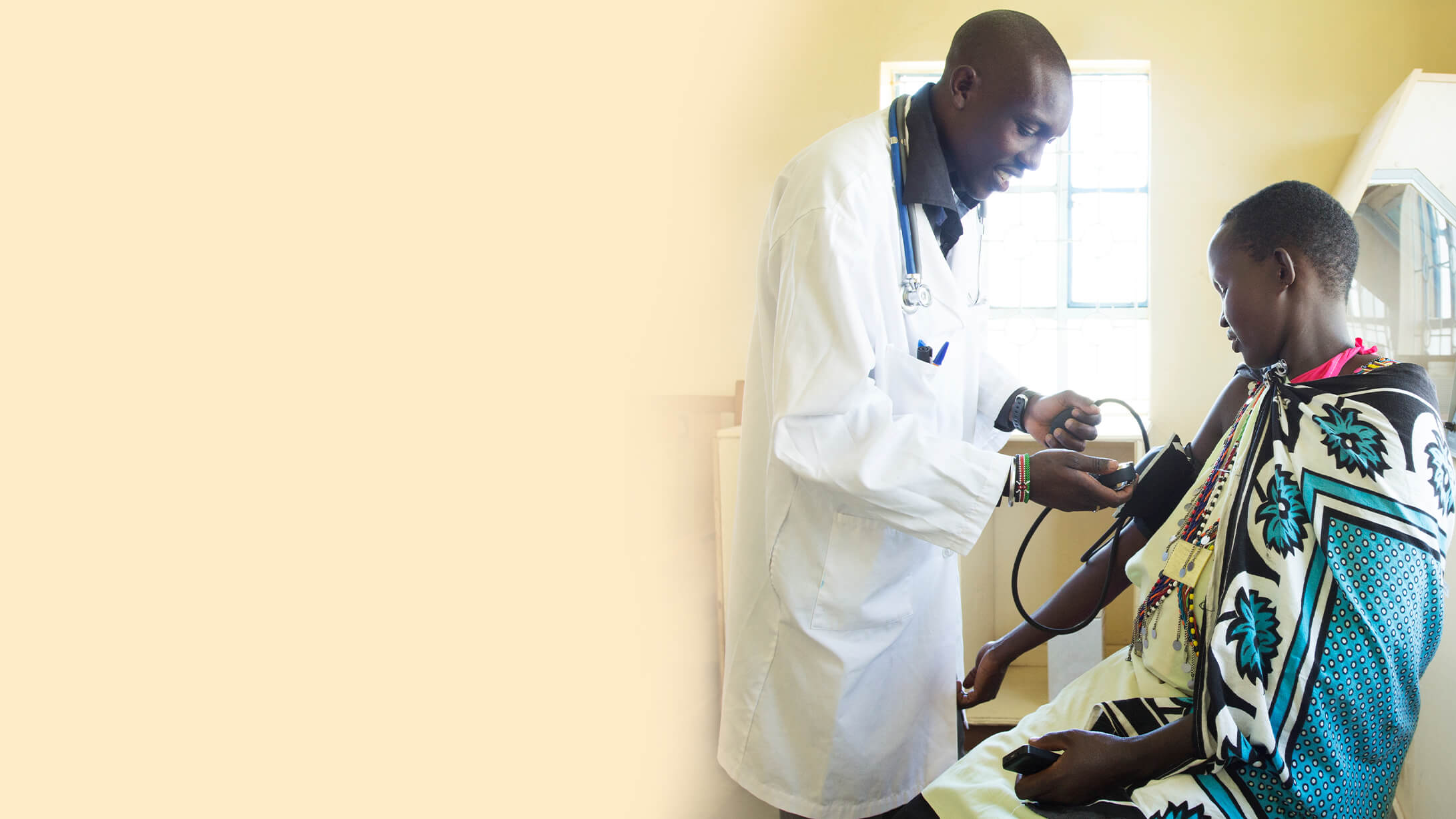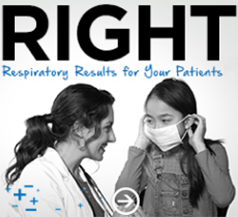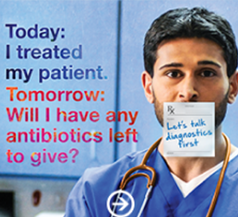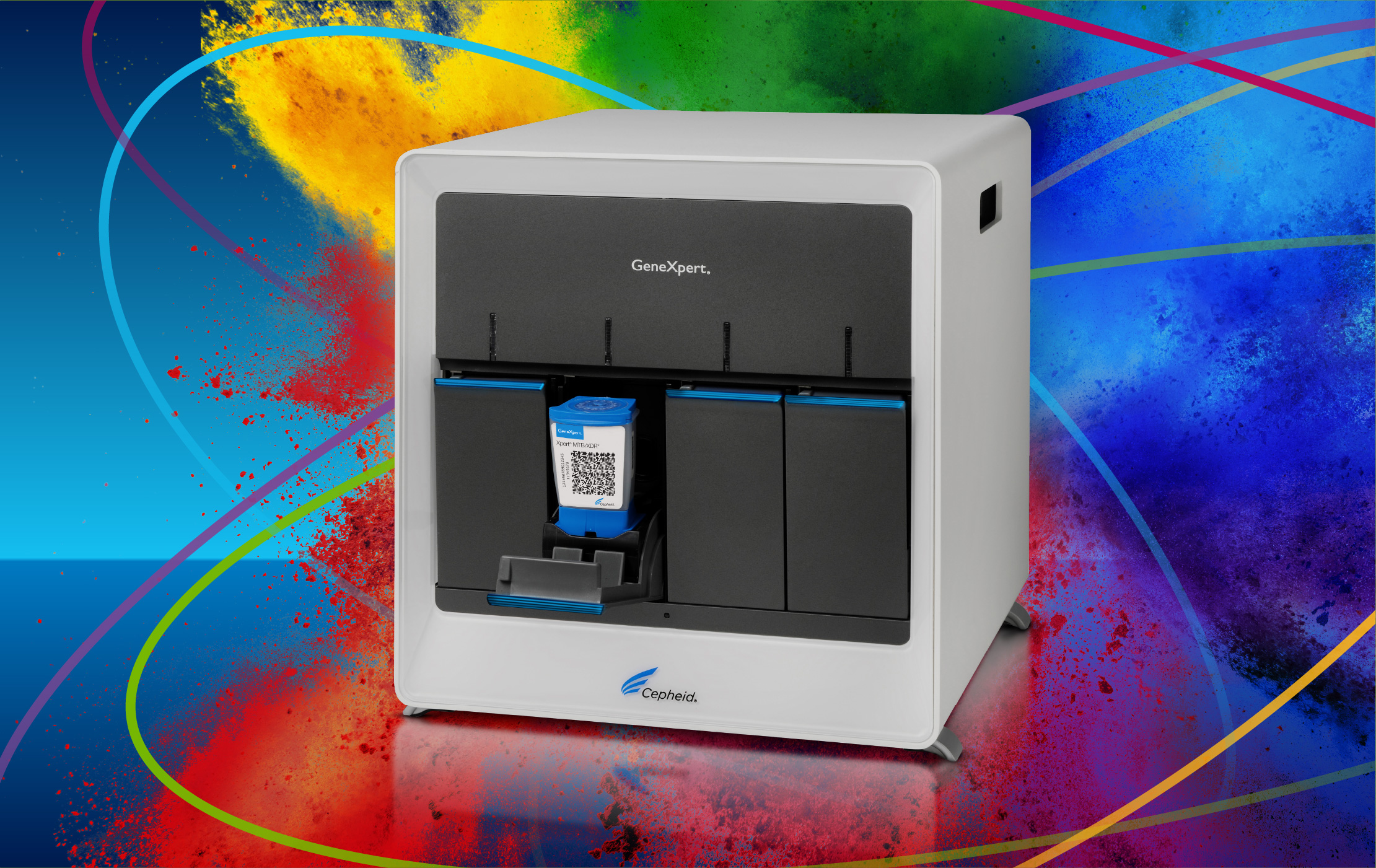

Enabling Global Health Solutions
Cepheid’s Global Access Program centers on the belief that everyone, everywhere should have access to high quality diagnostic tests. Together with our partners, Cepheid brings rapid molecular testing to communities in low- and middle-income countries, improving patient outcomes and trailblazing standards of care.
Our Educational Sites

Get the Right Test
The flu season is variable and its impact widespread. This challenge is compounded by the coinciding RSV and Strep A season. On Get The Right Test, you can learn how rapid molecular testing can reduce collection-to-result time, decrease number the of tests performed, and support antimicrobial stewardship. Stay in the know by signing up for weekly flu tracker updates during the flu season.

Diagnostics First
Each time a microorganism becomes resistant to an antibiotic, we lose another weapon in the war against infection. Fight back against antibiotic resistance with diagnostics first. Sign up today to receive customized, educational content and learn how on-demand molecular testing can help achieve your institution’s Infection Prevention and Antimicrobial Stewardship goals.
Four Core Actions to Fight Infections & Antimicrobial Resistance (AMR)
Preventing the Spread
Tracking Resistant Bacteria
Improving Antibiotic Prescribing and Stewardship
Developing Advanced Diagnostics & New Antibiotics
Cepheid Global Support
Using the map or drop down menu below, select the region where your Cepheid system is in use.
Frequently Asked Questions
A: Diagnostic testing for C. difficile should be performed only in patients with clinically significant diarrhea (patients with 3 or more loose stools in ≤24 hours) who have risk factors for CDI such as recent exposure to antibiotics, older age, and/or duration of stay at a hospital or nursing facility.1 Acceptable samples should be unformed stool specimens that take the shape of the container.
A: Molecular tests/NAATs are designed to detect DNA from Clostridium difficile organisms capable of producing toxin (also referred to as toxigenic C. difficile) found in stool. PCR is one type of NAAT. The sensitivity of detection of toxigenic C. difficile organism by GeneXpert has been reported to be 94–99%2-4 and correlated well with a clinical diagnosis of C. difficile infection (CDI).2 Commercially available molecular assays are not designed to assess host response or to determine if the patient requires treatment, although they do provide valuable information to the physician when used in the context of other clinical features. In addition, 80–90% of samples tested for C. difficile are negative. Because they are very sensitive, molecular tests can be used to “rule out” C. difficile in the majority of patients more confidently than with immunologic methods. Thus, a rapid and sensitive molecular test can help to avoid unnecessary empiric therapy that is often administered to patients during the time clinicians are waiting for lab results (as described below).
A: The first step is to determine if the patient’s sample contains toxigenic C. difficile. Patients positive for toxigenic C. difficile constitute an infection control risk, and can transmit disease to other patients.5,6 Once a patient with toxigenic C. difficile has been identified and appropriate infection control measures have been implemented, the next step is to determine if the patient has CDI and requires treatment. A number of features can be used to determine the presence of infection including the clinical picture (antibiotic history, frequency/severity of diarrhea) as well as other indicators of disease severity (for example, WBC count, creatinine level, albumin level, fever etc). Free toxin has also been evaluated as an indicator of infection.6,7 Guidelines advise that since enzyme immunoassay (EIA) tests for toxin A and B are less sensitive than other methods, such as PCR, they are not recommended for standalone use.1,8 A recent study by Polage et al. showed that the toxin assay failed to detect toxin in 30% of PCR-positive samples, as detected by cell cytotoxin assay repeat testing.6 In fact, among stool samples initially positive by PCR and negative for toxin that were sent for retesting (likely because the physician still suspected CDI), 21% of the toxin assays were positive upon retest. In lieu of definitive measure of disease, clinicians must take into account the complete clinical picture. As a recent editorial stated, “Regardless of which assay is used, it is best to remember to treat the patient, not the test.”
Emergency Clinicians
When Emergency Clinicians like you need answers, you need them now. We’ve designed our molecular point-of-care system to deliver the most accurate results right when you need them — to help you stay ahead of urgent, life-threatening patient challenges, triage patients faster, and help improve critical quality metrics.
"The diagnostic gap (ie, the proportion of the population with the condition who remain undiagnosed) is, at 35-62%, the single largest gap in the care pathway (the cascade of care comprising screening, diagnosis, treatment, and cure or successful management)."
Program Updates
Journey Inside the Cepheid GeneXpert® Cartridge - 3D Animation
The cornerstone of the GeneXpert testing process is Cepheid's patented, self-contained, single use cartridge. Sample extraction, amplification and detection are all carried out within this self-contained "laboratory in a cartridge".
Cepheid interviews Miss South Africa, Tamaryn Green
Miss SA gets behind the @StopTB campaign with the Cepheid SA team. #ItsTime to ensure access to rapid TB diagnostic testing for all #ItsTimetoEndTB #BreaktheStigma @TamarynGreen
MTB EOL Letter
Our Goals

Render Video

Cepheid GeneXpert 10-Color Multiplexing Technology
10-Color technology combined with PCR followed by melt curve analysis

Cepheid GeneXpert 10-Color Multiplexing Technology
10-Color technology combined with PCR followed by melt curve analysis
Headline Image

1. Hall, AJ., et al. The roles of Clostridium difficile and norovirus among gastroenteritis-associated deaths in the United States, 1999-2007. Clin Infect Dis. 2012. https://www.ncbi.nlm.nih.gov/pubmed/22491338
2. CDC Media Relations. Nearly half a million Americans suffer from C. difficile infections in single year. CDC Newsroom. 2015. https://www.cdc.gov/media/releases/2015/p0225-clostridium-difficile.html
3. ModernMedicine Network. Chronic Myeloid Leukemia. Accessed Nov 27 2018. http://www.cancernetwork.com/chronic-myeloid-leukemia/chronic-myeloid-leukemia
4. Woessner, David W et al. Development of an effective therapy for chronic myelogenous leukemia. Cancer J. 2011;17(6):477-86.https://www.ncbi.nlm.nih.gov/pubmed/22157291 5.Goldberg S et al. Considerations for Successful Treatment-free Remission in Chronic Myeloid Leukemia. Clin Lymph, Myel & Leuk. 2017; 18(2):98-10x
5. https://www.clinical-lymphoma-myeloma-leukemia.com/article/S2152-2650(17)30991-6/fulltext



